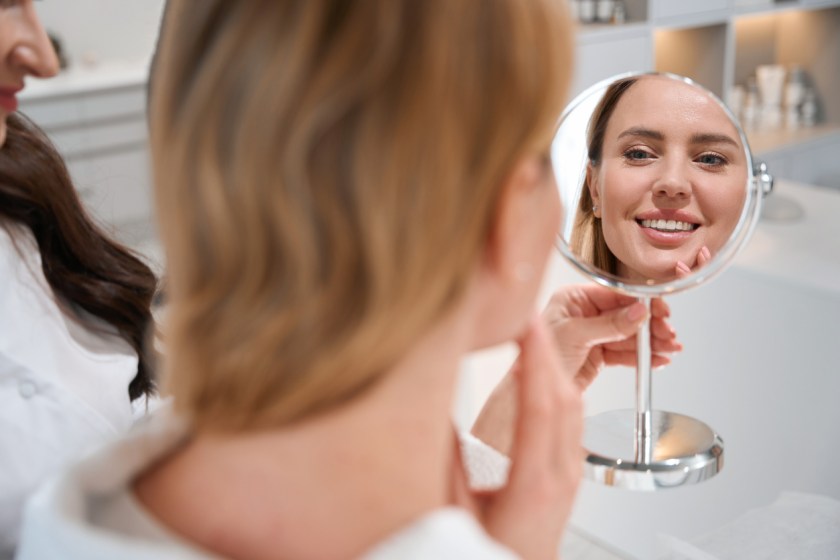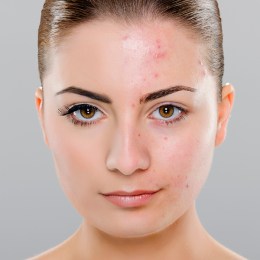A plastic surgeon’s letter to his daughters about body image and development.
As a plastic surgeon, Dr Pouria Moradi is well versed in the many features women and girls dislike about their bodies. But as the father of three daughters, his greatest wish is to help them feel confident and happy in their own skin – not critical of their body and appearance.
Unfortunately, recent research has shown that more than 90 per cent of young Australians have some concern about their body image, with almost 70 per cent admitting they’ve been teased about their looks.
So, what can parents do to help their daughters navigate these emotional complexities? And how can young girls find acceptance in who they are while also acknowledging when they need help?
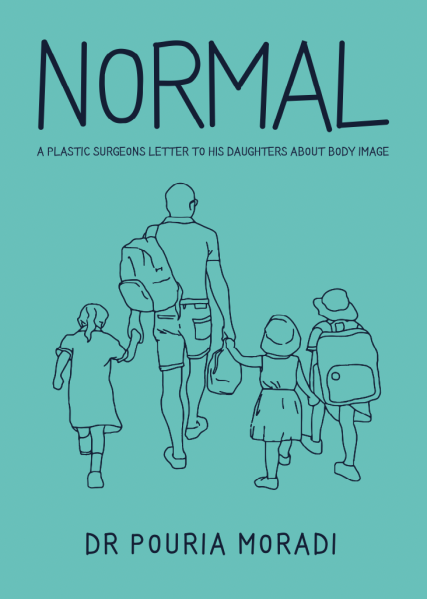
These are just some of the questions Dr Moradi answers in his debut book, Normal, which aims to help young girls reclaim their self-esteem and equip parents with the tools to raise body-positive women.
We spoke to Dr Moradi about the challenges faced within the medical aesthetics space, and how practitioners can strive to be a positive influence on younger patients.
What differences are there between general young-adult dislikes of their image vs. more serious conditions such as BDD?
The differences between general young-adult dislikes of their image and more serious conditions such as Body Dysmorphic Disorder (BDD) are substantial and crucial to understand. While many young adults might experience occasional dissatisfaction with their appearance, BDD represents a far more intense and distressing psychological condition.
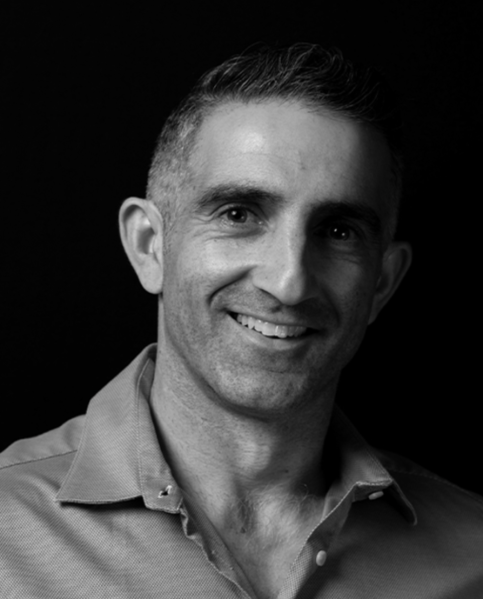
BDD is characterized by the following distinctions:
Intensity and Obsession: People with BDD are consumed by obsessive thoughts about their appearance, fixating on perceived flaws that others may not notice or see as significant. This preoccupation goes beyond occasional dislike and becomes a dominant and distressing aspect of their thoughts.
Distress and Impairment: BDD leads to marked distress and impairment in various areas of life, including personal, social, and professional spheres. This distress can be so severe that it hampers one’s ability to function normally and enjoy life. In contrast, general young-adult dissatisfaction is unlikely to cause such significant impairment.
Impact on Mental Health: BDD often results in profound negative effects on mental health, including anxiety and depression. The distress stemming from perceived appearance flaws frequently contributes to low self-esteem, social withdrawal, and even suicidal thoughts. On the other hand, typical young-adult image dislikes, while unpleasant, are less likely to lead to such severe mental health consequences.
Diagnostic Criteria: BDD is diagnosed based on specific criteria, including preoccupation with an imagined or slight defect in appearance, marked distress or impairment in various areas, and the exclusion of other psychiatric disorders. These criteria help differentiate BDD from general dissatisfaction with appearance, which may not meet these specific criteria.
Clinical Severity: BDD is a recognized psychological disorder that requires professional intervention, often involving therapy and, in some cases, medication. In contrast, general image dislikes among young adults might be fleeting and less likely to necessitate clinical intervention.
Intrusive Behaviours: Individuals with BDD might engage in compulsive behaviours such as excessive mirror checking, seeking reassurance from others, or undergoing repeated cosmetic procedures in an attempt to alleviate their distress. These behaviours are driven by the strong conviction that their perceived flaws are highly significant, which is not typically observed in general young-adult image dislikes.
While it’s not uncommon for young adults to experience occasional dissatisfaction with their appearance, the stark differences lie in the intensity of preoccupation, the distress and impairment caused, the impact on mental health, and the presence of specific diagnostic criteria associated with Body Dysmorphic Disorder. BDD is a serious psychological condition that requires professional attention and treatment, whereas general image dislikes are a normal aspect of growing up and self-discovery.
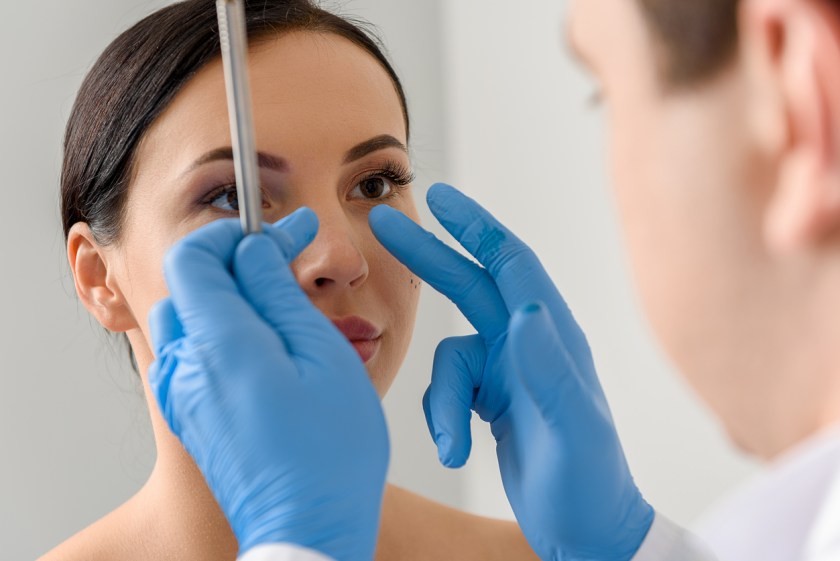
How can medical practitioners who work in the aesthetics space help young women who struggle with self-image without promoting an unhealthy beauty standard?
Surgeons and other medical practitioners working in the aesthetics field play a crucial role in assisting young women who struggle with self-image concerns without perpetuating unhealthy beauty standards. Balancing patient desires with ethical and psychological considerations is essential in ensuring positive outcomes for these individuals.
One important aspect is recognising and addressing conditions like Body Dysmorphic Disorder (BDD), which can significantly impact a patient’s perception of their appearance and lead to dissatisfaction even after cosmetic procedures. Prior to any treatment, it is crucial for practitioners to evaluate the patient’s psychological well-being. This involves assessing for the presence of BDD or other psychological conditions that might distort their self-image and expectations.
Beyond psychological assessment, practitioners should engage in open and honest conversations with their patients about their goals. It’s imperative to determine whether these goals are realistic, achievable, and aligned with the patient’s best interests. This helps prevent the pursuit of unattainable beauty ideals and promotes healthier expectations.
Rhinoplasty, for instance, has been associated with higher rates of BDD and post-surgery dissatisfaction. Studies have shown that patients with higher BDD scores tend to be more disappointed with the results of their rhinoplasty procedures. These findings underscore the importance of cautious assessment, thoughtful discussions, and careful consideration before proceeding with such surgeries.
In Australia, the practice of requiring psychological assessments and implementing waiting periods for young individuals seeking cosmetic procedures serves as an effective model. This approach acknowledges the significance of mental well-being in relation to aesthetic treatments. By mandating psychological assessments and providing a waiting period, patients are given the opportunity to reflect on their motivations and expectations, potentially identifying any underlying psychological concerns.
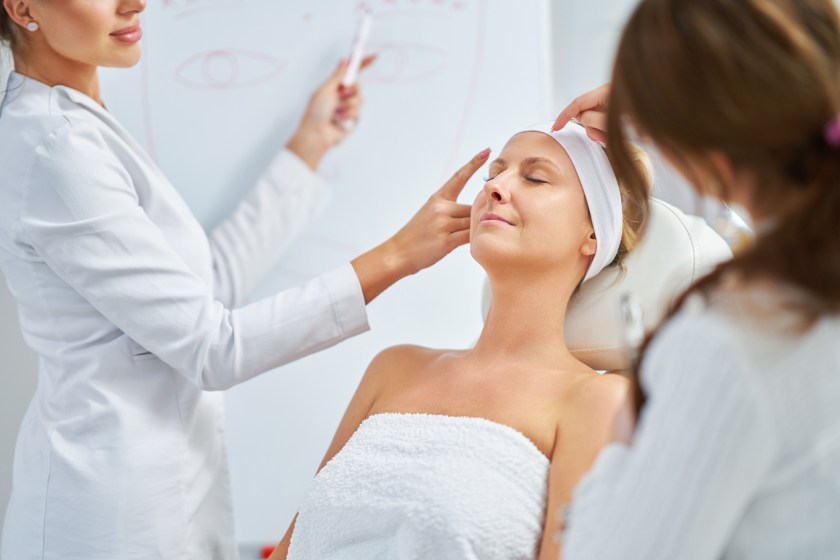
Practitioners should aim to shift the focus from conforming to societal beauty norms towards enhancing individuals’ self-confidence, self-expression, and overall well-being. This involves educating patients about the realistic outcomes of procedures, fostering body positivity, and helping patients develop a healthy self-image. Encouraging patients to appreciate their uniqueness and celebrating diverse standards of beauty can contribute to a more positive and empowering approach to aesthetic treatments.
Are there differences with image concerns amongst age groups, and if so, what are they?
Amongst age groups there isn’t much difference, but there are male to female differences.
It may be surprising to learn that BDD affects men and women equally. Men who are preoccupied with their build and think their bodies are too small, too scrawny, or not pumped up enough have what’s known as muscle dysmorphia.
In most cases, men with muscle dysmorphia, also known as bigorexia or megarexia, already have large or muscular physiques and have an unrealistic view of their bodies. For three years, Veya Seekis, a psychology professor at Griffifth university in Queensland, Australia, has been collecting data on the social media habits of 303 male undergraduates and 198 high school boys in Australia.
She has found that exposure to images of archetypal masculine physiques was linked to low body esteem in young men, and an increased desire to become more muscular. “The more men view their bodies as objects for public display, the more they fear being negatively evaluated,” Dr. Seekis told a reporter from The New York Times, “which so often triggers compulsive exercising and other ‘healthy’ behaviours that can end up having an impact on their well-being.”
Read the latest issue of SPA+CLINIC below:
There are 5 ways you can catch up with SPA+CLINIC
- Our quarterly print magazine, delivered to your door. Subscribe here.
- Our website, which is updated daily with its own completely unique content and breaking news.
- Our weekly newsletter – free to your inbox! Subscribe here.
- Our digital magazine – click here to view previous issues.
- Our social media – see daily updates on our Instagram, Facebook & Linkedin

